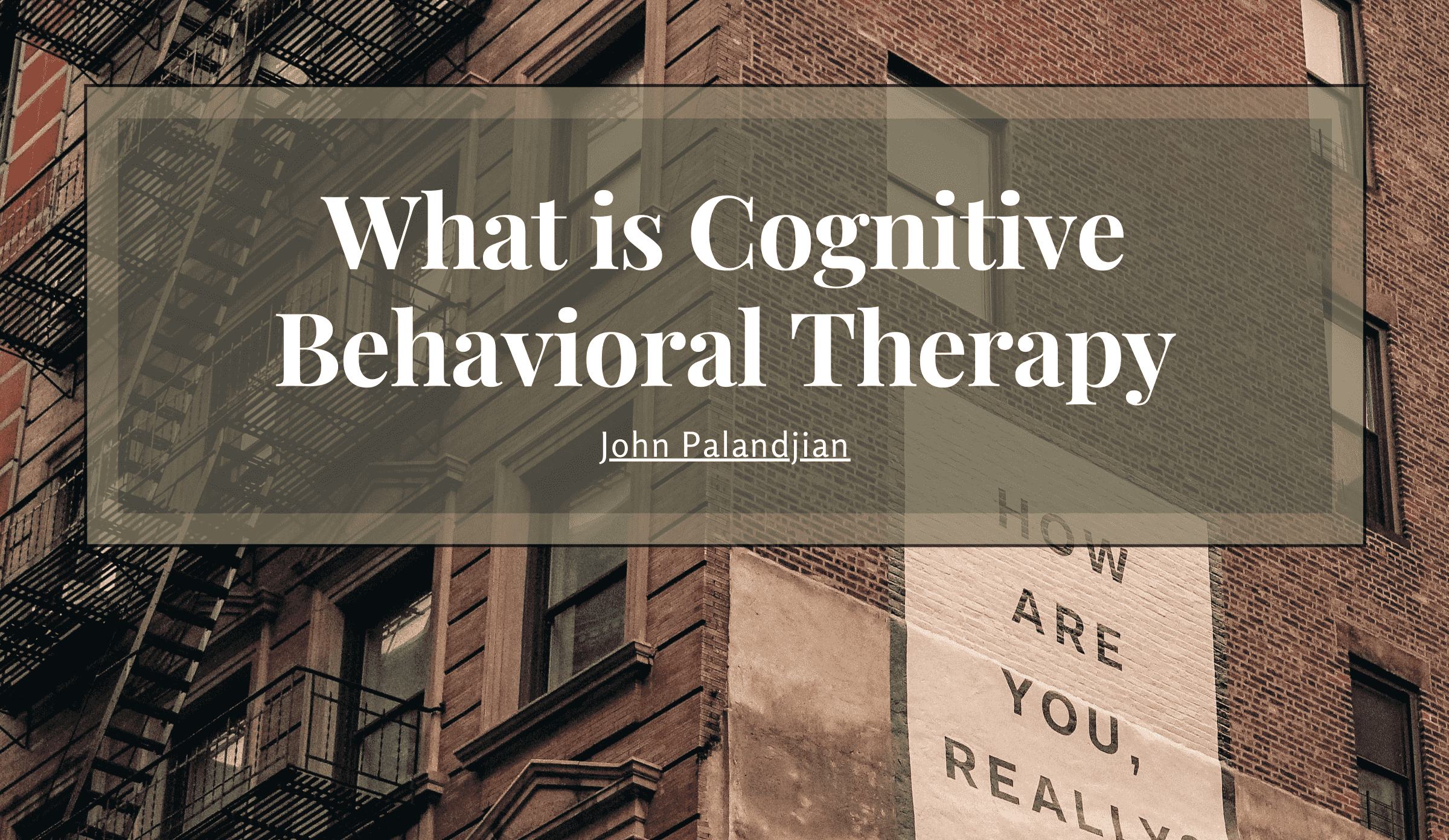
Cognitive-behavioral therapy (CBT) has emerged as one of the most used and effective modes of treatment by psychologists in the past several decades. The roots of this form of therapy can be traced back thousands of years to the philosophy of the Greek school known as The Stoics. The philosopher most associated with stoicism was Epictetus. One of his foremost ideas was that people could use logic to weed out false beliefs that make them unhappy or engage in destructive behavior.
Modern Cognitive Behavior Therapy is an extension of behavioral psychology which developed in the 1920s. Behaviorism is more outwardly focused in terms of the direct effect our thoughts have on how we chose to act and the results it returns to us in life. This is opposed to, say, a psychoanalytic approach that attempts to make people feel better by delving into their deep inner thoughts, the symbolism of dreams and those aspects of consciousness that are less tangible.
The core principles of CBT today are:
1. Psychological problems are based on faulty or illogical thinking.
2. Psychological problems develop because of learned behaviors that are not productive or helpful. These bad behaviors have become habits. These unhealthy habits keep tripping us up over and over again, creating troubles in life.
3. People suffering from psychological problems can make their lives better by consciously opting to change the way they chose to think about things.
With these key identifiers in mind, psychologists who administer CBT treatment use four basic strategies:
1. Help the patient recognize the illogical and/or destructive thoughts they are holding. Once identified, the next step is to help people understand why these thoughts are not logical and they should give them up.
2. Using problem-solving techniques to handle difficult situations.
3. Gain a better understanding of the negative behaviors of other people because of their illogical thinking.
4. Learn to gain a greater sense of confidence in the ability to control what happens to us in our daily lives.
Furthermore, CBT therapy seeks to change harmful behavior patterns by:
1. Encouraging people to stop avoiding fears and to face them head-on with the goal of conquering those fears.
2. Leading the patient through role-playing exercises to clearly demonstrate what actions can be taken.
3. Learning to calm the mind and body.

